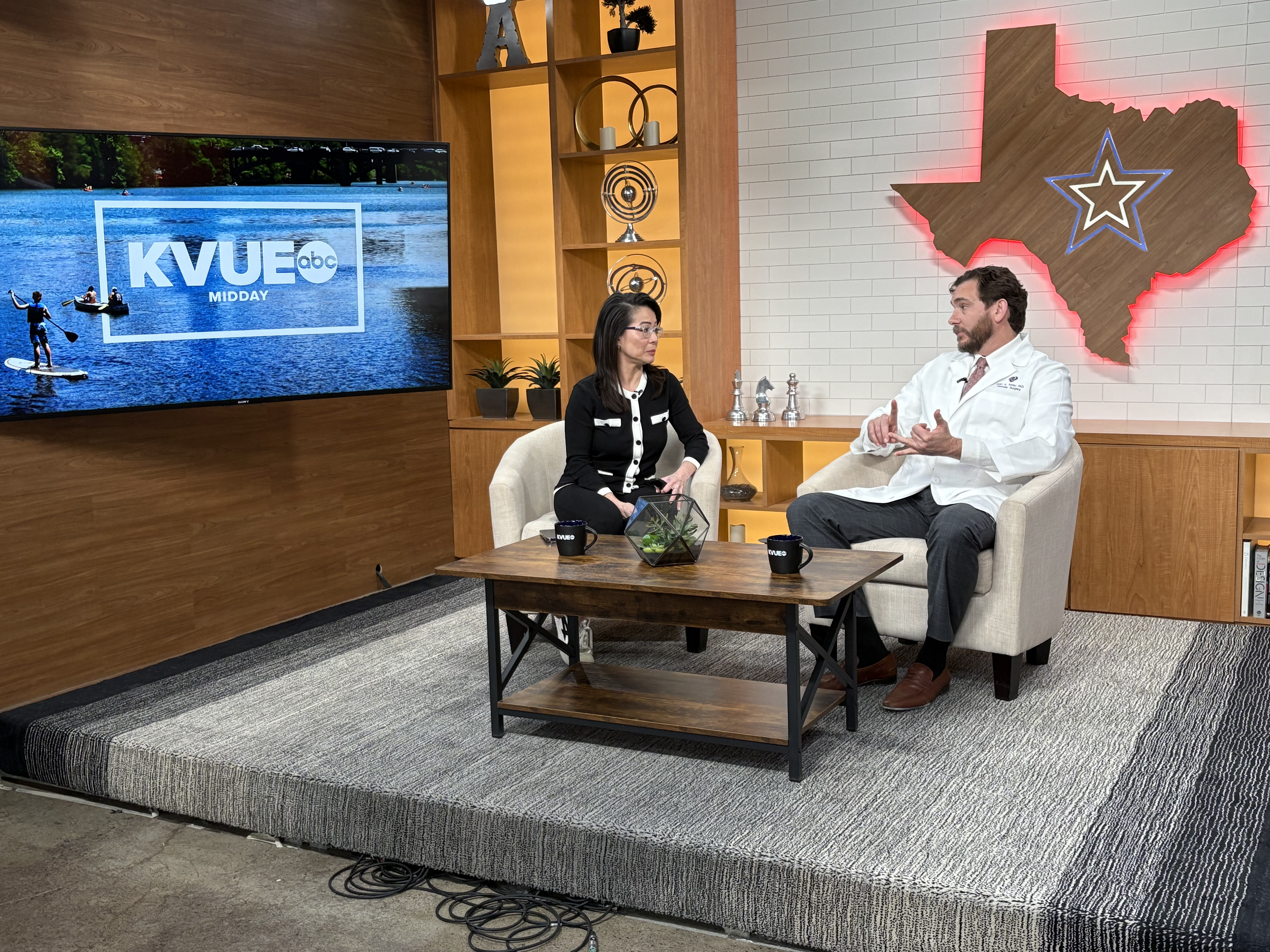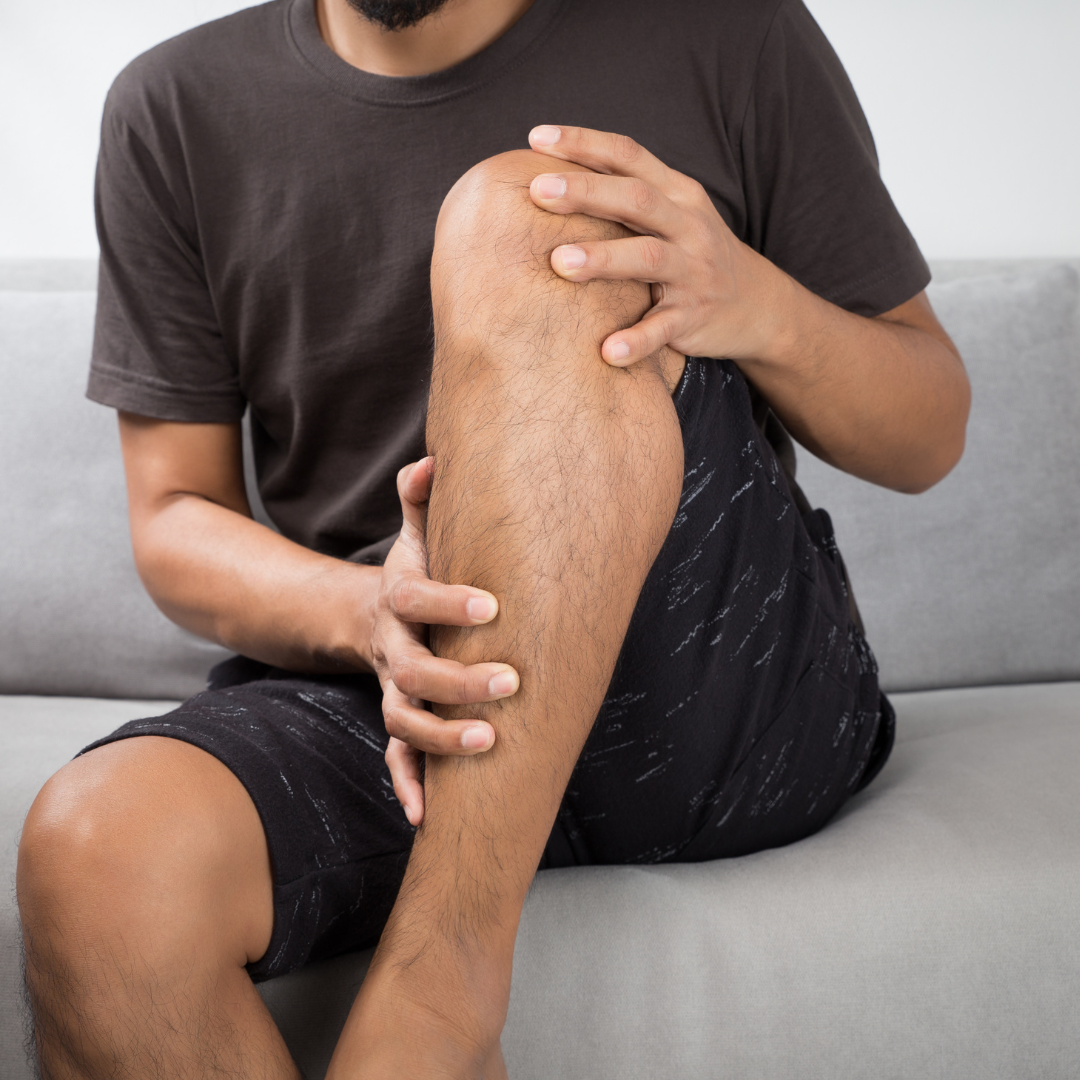San Antonio Spurs fans got a major disappointment recently when one of their star players…
Five Tips to Prevent DVT on Your Summer Road Trip
With the start of summer and several weeks stuck inside during the COVID-19 pandemic, many people are looking to roads trips rather than flying for summer vacations.
“While traveling in your own personal car may help you avoid the virus en route to your destination, it is not without its own hazards,” says VeinSolutions and CTVS’ board-certified vascular surgeon Dr. David Nation. “Sitting in a car, or anywhere, for long periods of time can promote poor venous circulation, especially in the legs, and lead to a serious condition known as DVT, or Deep Vein Thrombosis.”
What is Deep Vein Thrombosis?
Deep Vein Thrombosis (DVT) is a deep venous disorder that develops when blood becomes gel-like and thickens forming a clot, usually in the legs. This can be dangerous and life-threatening if the clot travels to the lungs (called a pulmonary embolus, or PE).
Periods of prolonged inactivity such as sitting in a car or on a plane can cause DVT as well as damage to a vein from a medical procedure or injury, cancer, genetic conditions, and certain medications or hormones.
If a blood clot is suspected, it requires immediate medical attention. Anticoagulant medicine also known as blood-thinners are prescribed to help the body resolve the clot and prevent further complications. Surgery might be needed in severe cases to help remove the clot.
DVT/PE symptoms can be hard to spot, but may include:
- Shortness of breath
- Chest pressure
- Leg swelling
- Leg pain or redness
- Leg heaviness
- Trouble speaking
If you experience any of these symptoms and suspect a blood clot, seek medical attention immediately.
How can you prevent DVT when traveling?
“The good news is that there are a few simple things you can do to keep blood flowing through the legs and help prevent DVT even while riding in the car for hours at a stretch,” says Dr. Nation.
Here are five tips to promote circulation while sitting in a car or on a plane:
- Keep legs moving every few minutes while sitting by curling and flexing toes and ankles and performing small cycling motions.
- Stop the car at least every two to three hours and take a short walk to stretch your muscles. If on a plane, take a short walk up the center aisle, when the seatbelt sign is off and it’s safe to move about the cabin.
- Avoid wearing long socks with tight elastic at the top or consider wearing compression stockings to help keep legs comfortable and ease blood flow.
- Try not to cross your legs for extended periods of time.
- Stay hydrated and drink plenty of fluids while traveling and stay away from too much caffeine.
For questions about any potential risk for DVT in advance of your summer travel, or to schedule an appointment with one of our specialists at VeinSolutions, please contact us at 512.452.VEIN (8346) for our Austin clinic and 512.501.4287 for our Georgetown clinic.




